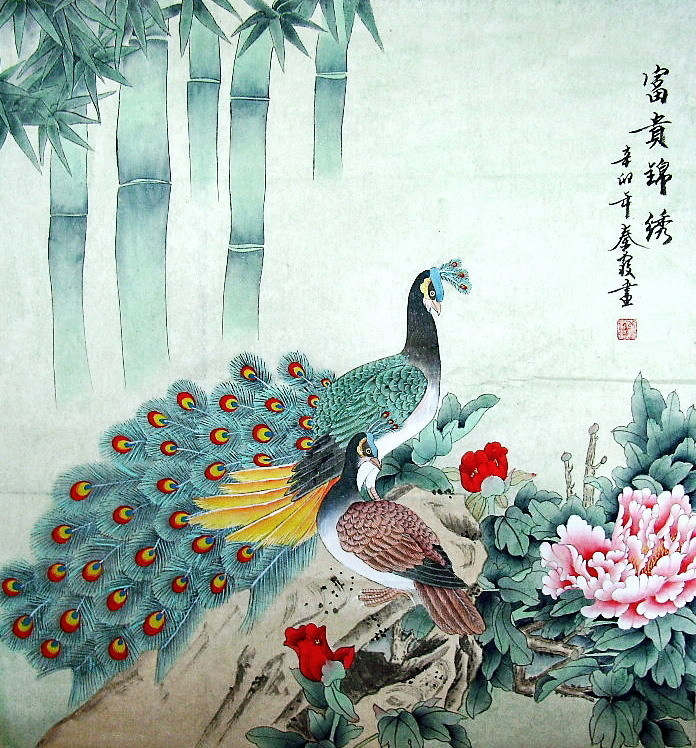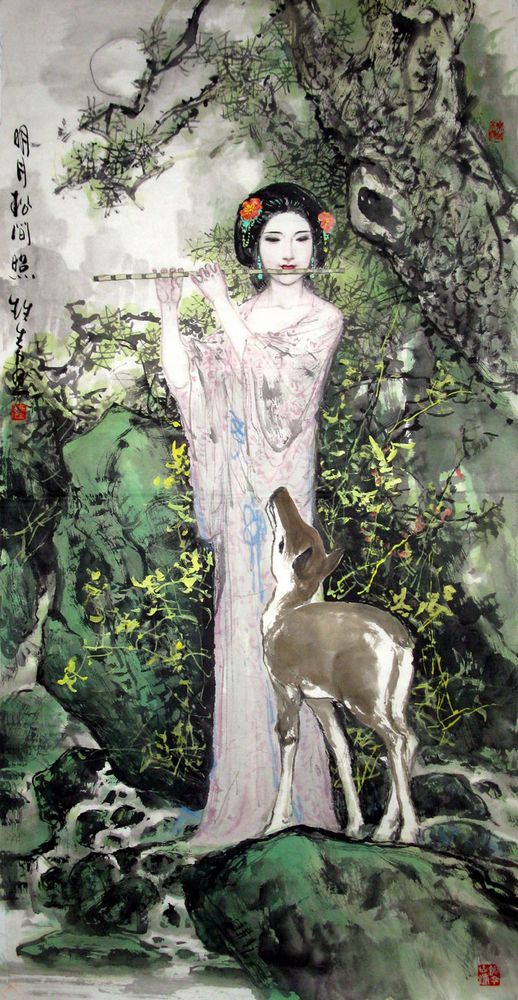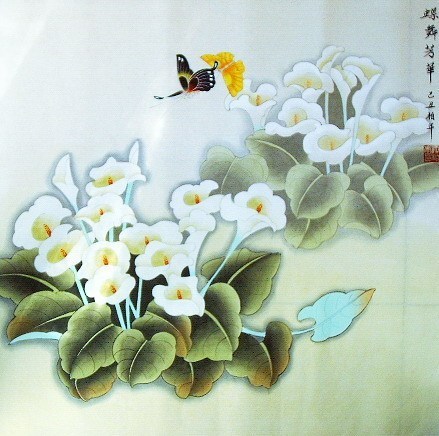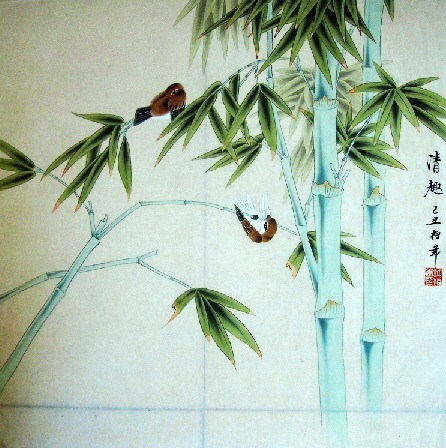The traditional Chinese Ink Brush may or may not known by most of foreigners, and sometimes I am quite surprise that those famous Chinese paintings was actually created by such an simple ink brush! Here at the moment I would like to introduce Chinese Ink Brush.
The Chinese ink brush is mostly made of hairs of goat, rabbit or the weasel tail, because hair from these animals is soft and in good elasticity. Soaked in ink, it has what is known as “capillarity”, which combined with the strong ink permeability of a special Chinese paper--Xuan Paper, making the strokes in a calligraphic work more vivid, varied and pretty.
The use of the Chinese ink brush can be traced back to 6,000 years ago. Previously, the brush was made very simple. It seems that the picture, symbols and characters on ancient pottery, painted in red and black, were done with brush strokes.
The earliest brush intact today was found in a fifth century BC tomb of the State of Chu in 1958. A large number of inscriptions on bamboo strips were unearthed at the same time.
Since the fourth century in China, the skill of brush making saw great progress, and The Chinese ink brush became more suitable for calligraphers & Painter to bring their skills into full play. It had four features, summed up as follows: first, the tip of the brush could display the delicate changes of strokes. Second, its smooth end hair could make writing vigorous while it spread across the paper. Third, its cone shape made it easy to move in all directions. Fourth, it was durable, and kept is elasticity and softness longer. With such a brush, the calligrapher could easily write characters in different shapes, displaying different intensities and rhythms. By using different thicknesses of ink, the characters become three-dimensional.













